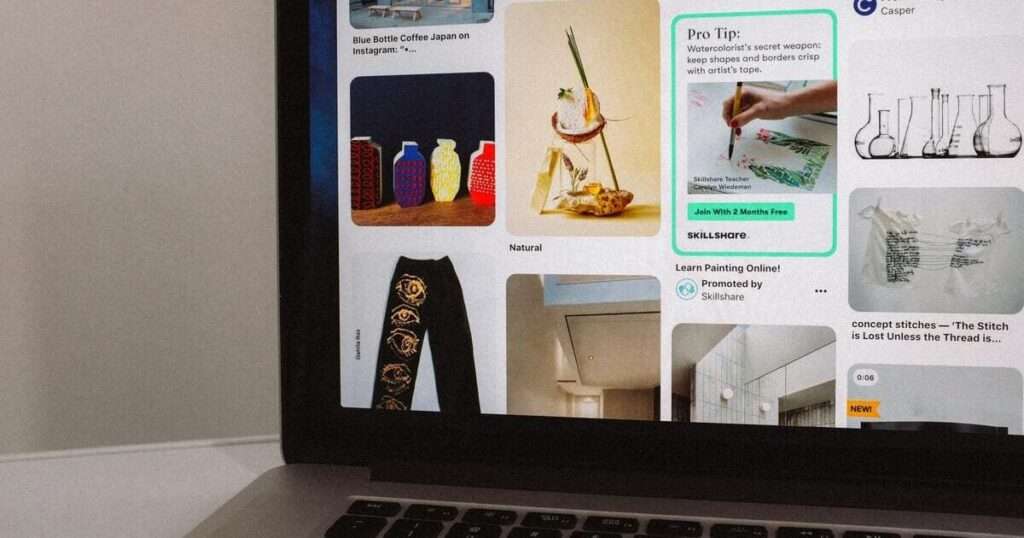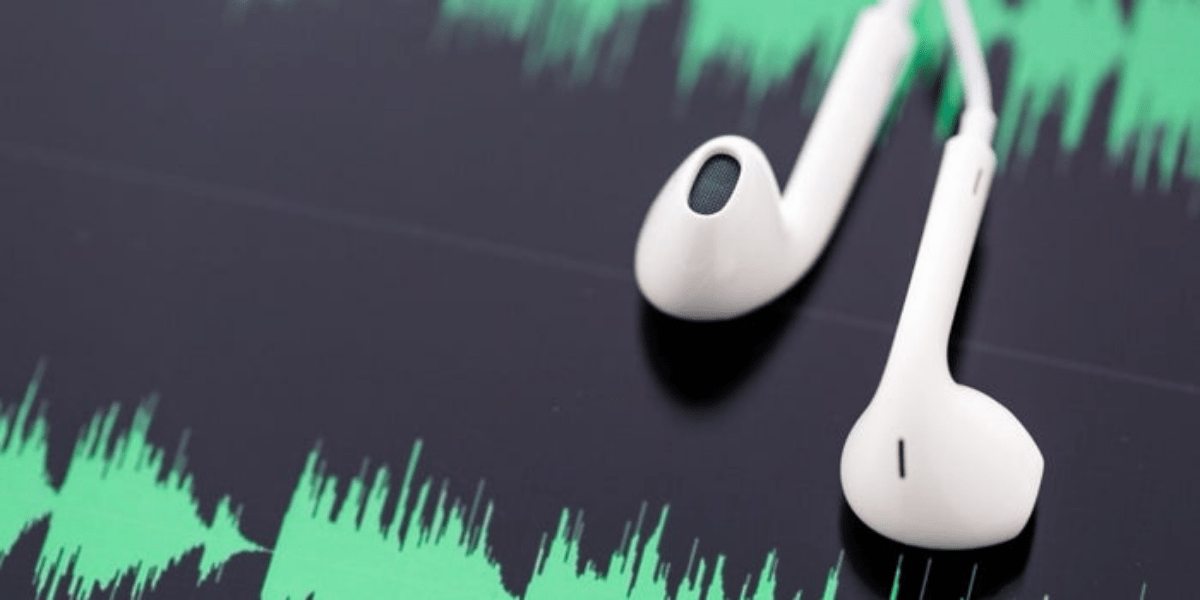You may not know what Pinterest is, but we are about to show you how it can help your blog or business. And how to use our Pinterest marketing tips to get more traffic to your blog.
Pinterest exploded onto the social media scene several years ago and quickly became the third most popular social network after Facebook and Twitter.
Statistics show that Pinterest has a high level of daily engagement as well, which means it’s a great tool for bloggers and business owners.
Pinterest can be an amazing traffic driver for your blog or business, but it can also drive you crazy. That’s why we want to show you the 7 best Pinterest marketing tips for driving traffic to your blog or website.
Table of Contents
How to Use Pinterest to Explode Your Blog Traffic?
1. Create eye-catching boards
There are two types of Pinterest users, those who pin for self-promotion and those who pin to save or share. While you can certainly go for a hybrid approach, it’s wise to have a balance of both.
That said, I would recommend that your boards be geared more toward self-promotion in order to drive traffic from Pinterest to your site.
The key is to create a board with a purpose and make sure the pins themselves are eye-catching.
You might create a board entitled “Food Recipes,” but don’t pin 10 pins that lead to your food blog. Even worse, the boards you follow are similarly built with an equal ratio of self-promotion vs. saving/sharing.
Pinterest users, like other social media users, want to be entertained and informed (and if it’s business, they want to be sold).
Pinterest is a visual tool and it takes a lot of time for someone to determine if your board or pin has value. The more attractive, interesting, and self-promoting the board, the greater chance you’ll have that those Pinterest users will want to follow you as well as interact with your pins.

2. Focus on quality, not quantity
Pinterest is all about creating a visually appealing experience for users, so we don’t recommend adding dozens of boards and thousands of pins to your profile in hopes that it will drive traffic to your site or blog.
The goal isn’t to spam people with low-value content in order to drive traffic. Instead, focus on quality over quantity.
Don’t add more than a handful of boards to your profile. If you have hundreds of pins and/or boards, delete some that don’t add value or are simply not eye-catching enough.
3. Post consistently but with restraint
You don’t want to pin a bunch of stuff all day long in hopes that it will drive traffic or build Pinterest followers because users can easily tell when you’re spamming them—and they’ll stop following you if they feel like you’re wasting their time.
The best thing to do is post consistently at certain times each day, then let the accounts that follow you do their thing by sending out new pins periodically throughout the week. If there’s a new post on your blog or website, then by all means send that out on Pinterest too.
4. Make sure you’re talking to the right audience
When it comes to pinning things on Pinterest, think about who your ideal target market is and what they would be interested in seeing from you. I always tell my clients to make their boards very specific so that the pins match up with a certain type of person.
That way, if someone is following a board you’ve created called “Top 10 Paleo Recipes,” chances are they’re going to enjoy seeing more recipes on that topic from your account—and hopefully they’ll also click through to see the rest of your site or business.
5. Add affiliate links (if safe to do so)
Adding affiliate links to your pins can be very helpful if done correctly. Not only does it help you generate income, but it also drives potential customers back to your site or business, which ultimately helps you drive more traffic.
If you’re not sure how to add affiliate links on Pinterest, check out our guide here.
6. Use targeted hashtags but sparingly
Hashtags are a great way to get your content noticed by people who aren’t yet following you (and even those that are). Again, think about what kind of things your target market would search for on social media and use relevant hashtags accordingly.
But don’t go overboard! One or two hashtags per pin is generally enough—if you use too many, the additional noise will only detract attention from your message.
7. Write a description for each pin and make it compelling
Don’t forget to add a thoughtful description with each of your pins! The description is what shows up when someone hovers over a pin on their Pinterest feed, and if they like what they read (and see!), then they might decide to click through and check out more of your stuff.
It’s always better to have too much going on in your descriptions than not enough—that extra information can really help convince potential customers that you’re worth checking out further.
And remember: If you’re adding affiliate links to any of your pins, be sure to disclose that relationship clearly at the beginning or end of your description using FTC guidelines.
Conclusion
Using Pinterest to market your blog can be a highly effective way to drive traffic and grow your audience. By following the seven tips outlined in this article, you can take your Pinterest marketing to the next level and see real results in terms of increased traffic, engagement, and growth.
I hope you found these tips helpful. If so, please share them with your friends and followers using the buttons below, And if you need help with your Pinterest marketing, feel free to join our mailing list for more!







